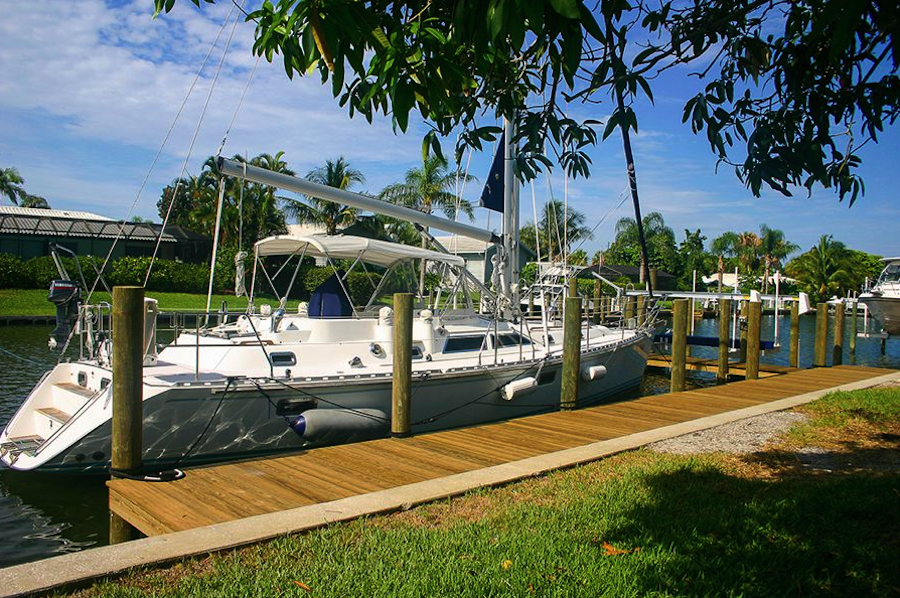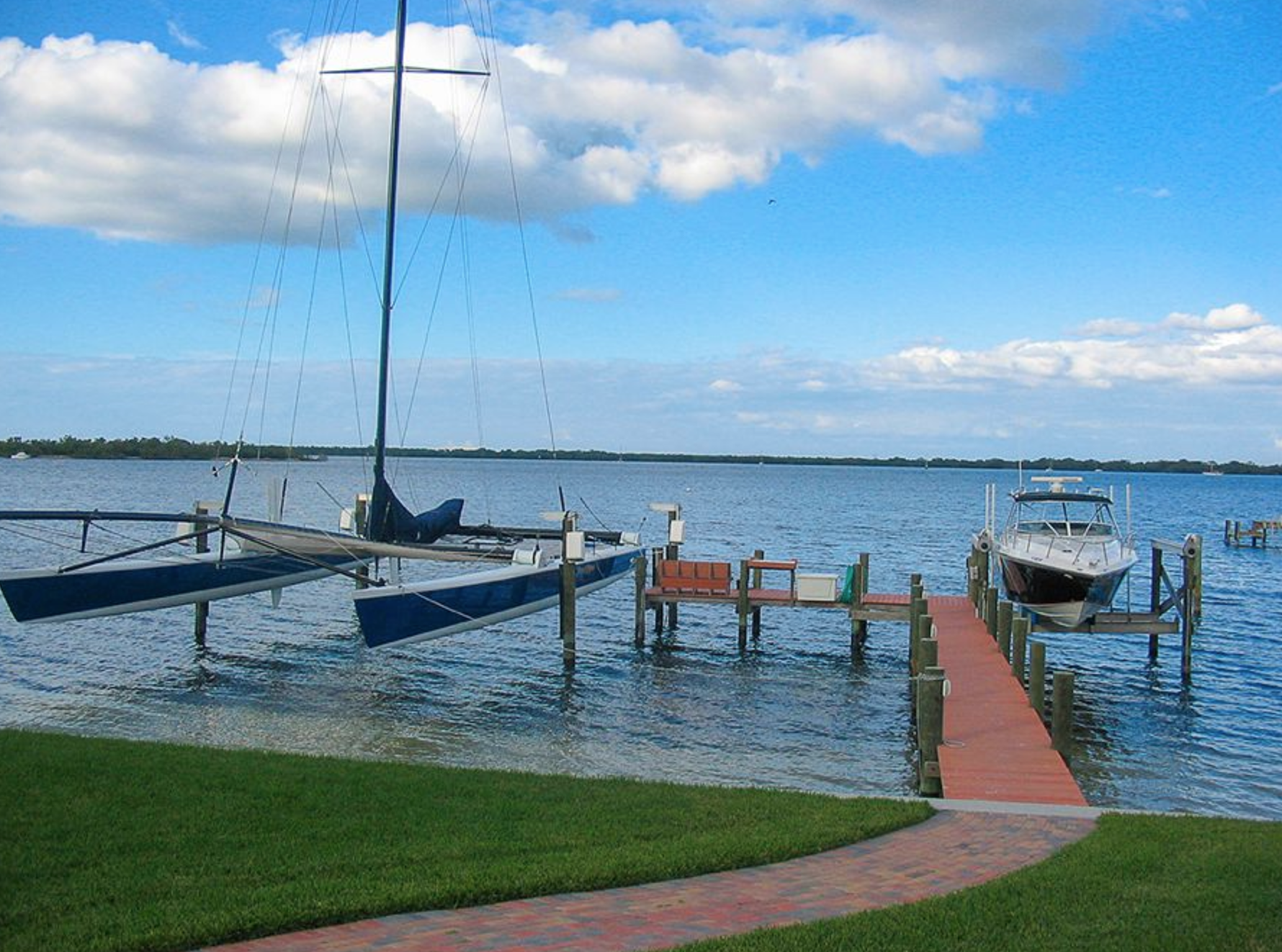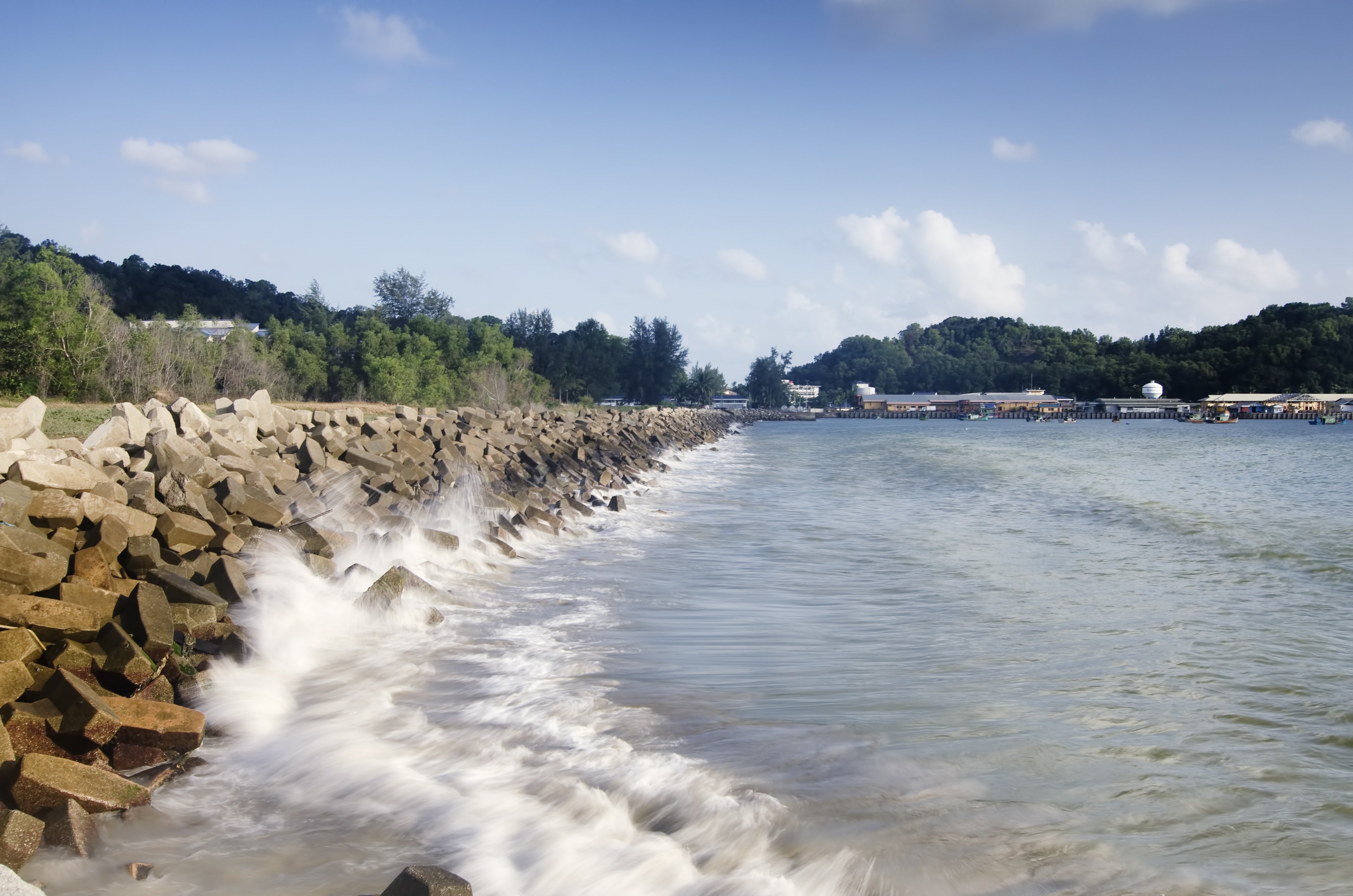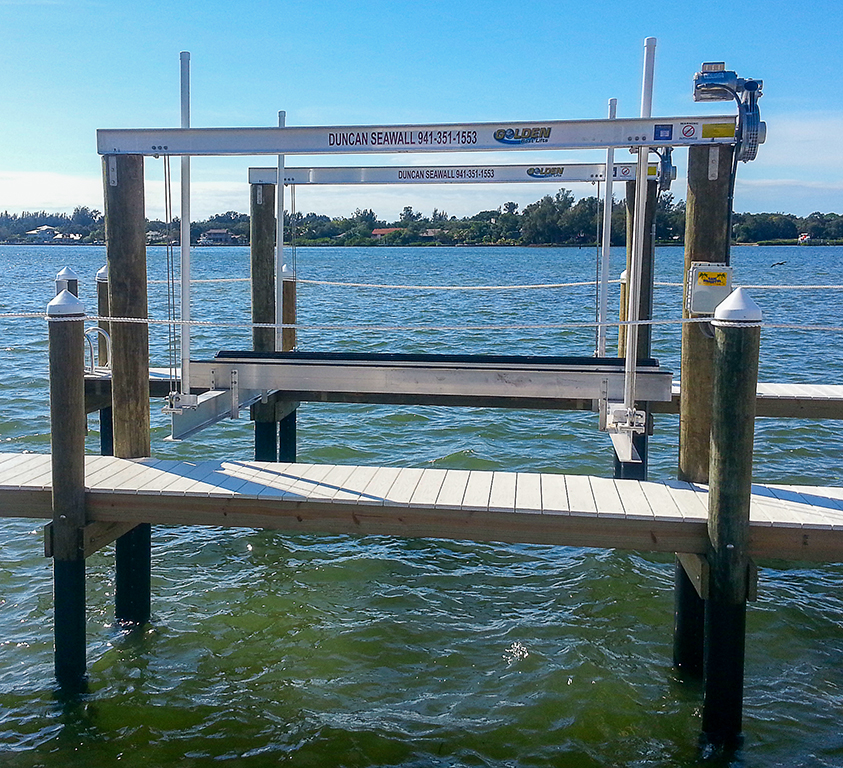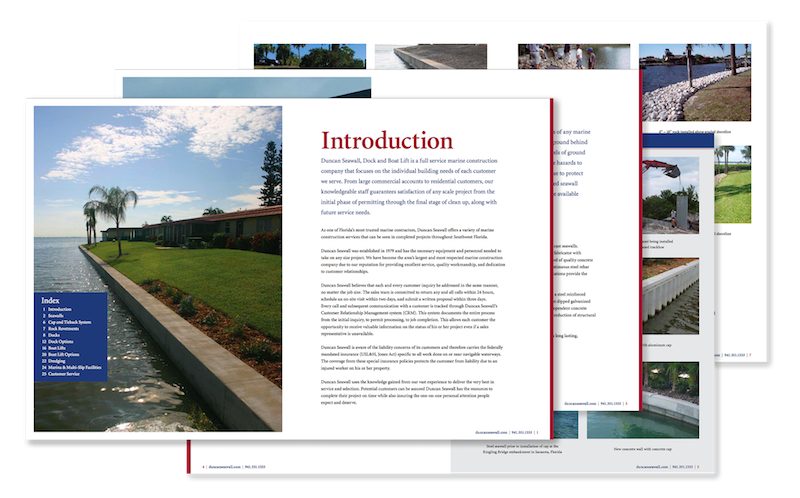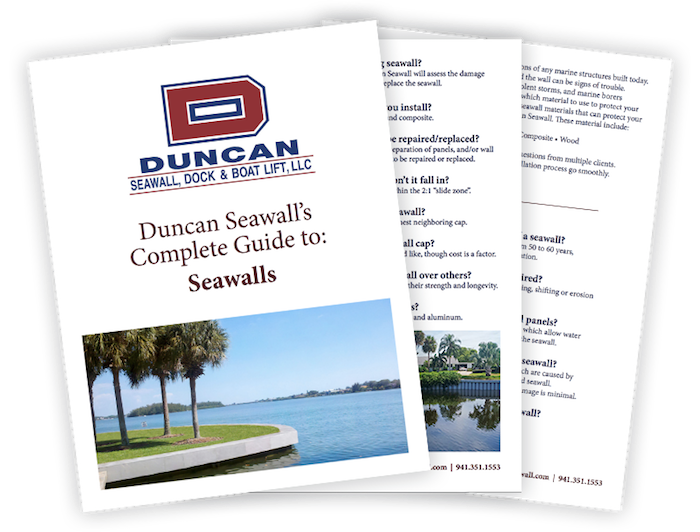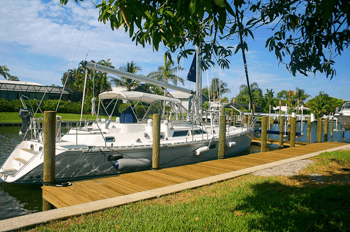 Mooring a boat depends on the make and size of the boat, as well as wind conditions, tide levels, wake and mooring area size. Here are a few helpful steps to help you properly moor your boat.
Mooring a boat depends on the make and size of the boat, as well as wind conditions, tide levels, wake and mooring area size. Here are a few helpful steps to help you properly moor your boat.
Related Blog: Tips for Tying Your Boat to a Dock
Approaching the Mooring Area
Regardless of the make of boat or weather conditions, you should always approach a mooring area slowly. Unlike a car, where the steering takes place in the front, steering a boat is more about controlling its rear, or the stern. Successful mooring involves rotating the boat at its pivot point, which is its center of gravity.
As you start to get closer to the mooring area, slowly shift the boat into reverse to help slow the boat. If the boat has a rototiller with a right rudder, the boat will naturally arc to the right while pulling the stern to the left, so that the port (left side facing the front) moves toward the mooring area. If you have a steering wheel, steer to the right for the same effect. Shifting to neutral will further help bring the boat to a stop. From there allow the momentum of the boat carry you the rest of the way. Heavier boats take longer than lighter boats to slow down.
Parallel Position
Your boat is ready to be secured if the port is parallel with the mooring area and it is near the desired cleat. It's not considered safe to try to stop a moving boat with your arms or legs, which can lead to injury. Most mooring areas have rubber bumpers or buoys to help reduce impact. Wait for the boat to come to an absolute stop before attempting to secure it.
If you have a passenger, have them secure the bow and stern lines by tying them to the cleats. Threestrand nylon is a reliable type of mooring line. Nylon is safe because it stretches up to 40 percent of its length before breaking. Plain ends with bowline knots are much more effective and easier to use than braided loop ends. A cleat hitch is a knot with diagonal loops around the cleat that is secure but easy to untie. In the case of strong winds use spring lines or consider anchoring out temporarily till the weather allows you to moor your vessel safely.
If you have questions about mooring a boat safely or would like to know how a boat lift can help, contact Duncan Seawall today and we'll be happy to help.



